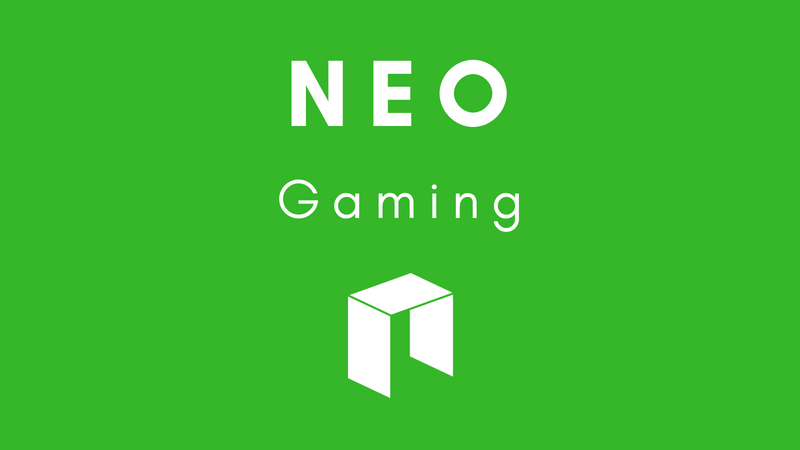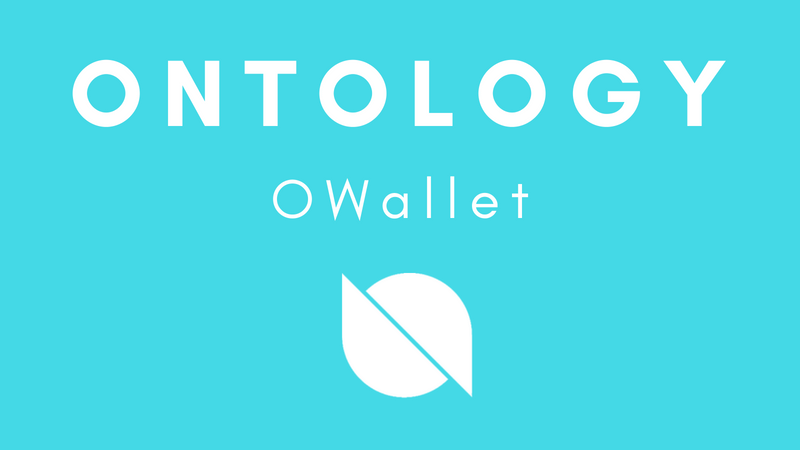
In March 2018, NewEconoLabs (NEL) announced the incubation of a community game platform in an attempt to kickstart NEO’s gaming ecosystem. The first initiative that was launched in order to encourage developers is the NEO Game Competition, hosted by NEL with support from NEO Global Development (NGD). It has been open for registration since May 1st, and has reportedly attracted over 120 entrants already. The goal of this competition is to introduce developers to smart contracts and the NEO ecosystem through game development, and is part of the ongoing initiative to build a gaming ecosystem on the NEO platform.
The NEL game competition itself has ¥3,500,000 worth of GAS to be won, spread across 39 different awards. This is one example of the incentives being offered to attract developers to the NEO game community. To qualify for one of these awards, submitted games require some level of integration into the NEO blockchain. NEL have also been distributing weekly nominee awards as an additional incentive for participants, with each awardee receiving ¥10,000 in GAS. Together, these incentives are designed to encourage developers to find innovative ways to leverage the NeoVM and the blockchain, and could potentially lead to new open-source technologies being produced for use elsewhere in the NEO ecosystem.
Two of the most common approaches used by the game competition participants so far involve the use of blockchain to store game data, such as results or non-fungible assets, and using NeoVM smart contracts as a backend for game logic.
Non-Fungible Assets
One of the most common genres being explored by the neo.game community is trading card games. Card games are particularly suitable for blockchain due to the existence of non-fungible tokens, which are essentially unique digital assets that can be used to represent specific cards. The lack of fungibility allows specific cards to hold a higher value than others based on demand, which in turn could potentially create a trading economy. Users will typically source the best assets for their own decks, leading them to try collect the more powerful options.
NEL’s own benchmark game, CryptoGladiator, is a good example of this concept, as it uses non-fungible tokens to make each specific Gladiator asset unique. Although it’s not designed as a conventional card game, it offers different attributes for each of the Gladiators and allows players to buy, sell, clone and even lease their Gladiators on the market. This is one example of where blockchain technology could potentially expand the existing games industry, as it allows players to maintain 100% ownership of their own virtual assets, and provides a level of security that is only present when trading over blockchain. Additional information on CryptoGladiator can be found here.
Game Logic through Smart Contracts
Blockchain technology does not have the current capacity to support direct, real-time gameplay due to transaction or invocation delays, so real-time gameplay can only be achieved if the blockchain is only used as a medium to store game data at the end of each round. This is another factor in the increasing popularity of card games over blockchain. The relative simplicity of game logic and the use of turn-based gameplay allows smart contacts to serve as a functional backend for these games.
One example of game logic running on blockchain is Carry Battle, a NEO game competition participant and a recent nominee award winner, where each player builds a deck of 10 cards and plays 10 head-to-head rounds. Cards are played in order, one card at a time, and are overlapped to compare the formations present on each card. Rounds are won using a rock-paper-scissors style combat system, all of which is handled within a NEO smart contract. Carry Battle also addresses another issue apparent with blockchain games; users would ideally require their own nodes to sync with the blockchain and participate in games. The proposed solution involves the development of an RPC network that aims to allow players to join the network and play with only one click. A promotional video for Carry Battle along with some example gameplay can be found here.
Immutable Game History
One of the chief selling points of blockchain technology is the unchangeable and transparent nature of data stored on the chain. This allows games to store large quantities of data and provide players with complete control over the game. Every asset traded or battle fought can be logged, creating an ever-unfolding game history. Some of the NEL game competition participants, such as the creators of the grand strategy blockchain game, Blocklords, are using this feature to their advantage.
The Blocklords team aims to create a world where the players are ultimately in control. Players start the game with a choice of three unique randomized heroes to act as their Commander. Upon selection, the Commander is created with a date of birth, power stats, starting items and a nationality in one of the existing countries. This data is all stored on the blockchain, and players can upgrade their stats or appearance with items that are won from battles against NPCs or other players, purchased from shops, or crafted themselves.
The core gameplay of Blocklords is all about winning battles, whether they are against enemy nations, NPCs or player raiding parties, or against their own nation as a rebellion. The minor and major cities across the game world can be attacked and occupied through these battles, with the conquerors gaining control over the resources generated by the city. As every change is written to the blockchain, this creates a historic record for both the player and game world, and they can eventually earn titles in order to govern the nations directly. Politics and diplomacy are core tenets of Blocklords, designed to give players a reason to keep coming back.
The game also aims to feature a full market system in the form of an auction house, where everything from heroes to control over entire cities can be exchanged for the native LRD token. This mechanic would potentially allow for players to profit directly from their time spent in the game. Because the developers essentially relinquish full control over the game world to the players, it serves as an example of what blockchain technology could offer the gaming industry in the future. The Blocklords whitepaper can be found here, which features a full overview of the team’s goals, revenue model and overall vision for the game.
The NEL game competition ends on August 15th, with award winner results to follow shortly after. It should be noted, however, that the goal of fostering a NEO gaming community is ongoing, and this likely only marks the beginning of gaming on NEO.
More information on the NEO Game competition can be found at neo.game.







About The Author: Brett Rhodes
Brett is a blockchain enthusiast and freelance writer who originally began producing content for the gaming & eSports industries. Now he spends most of his time contributing in the Neo ecosystem.
More posts by Brett Rhodes